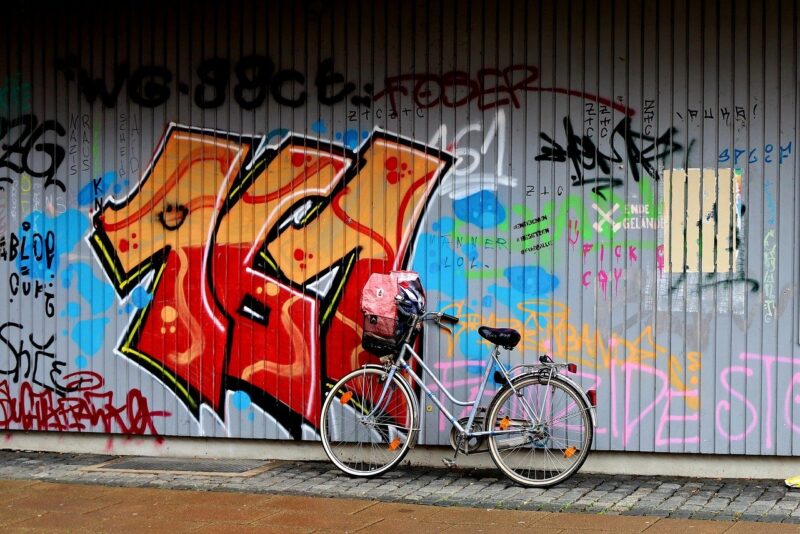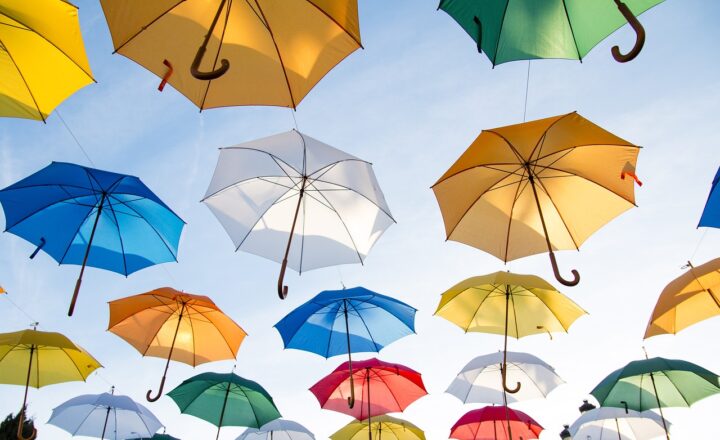The Social Impact of Famous Street Art Murals Around the World
November 14, 2024

Street art has transcended the boundaries of mere graffiti to become a language of social expression and political commentary. From the vibrant murals in Berlin to the thought-provoking pieces in Johannesburg, famous street art murals around the world serve not only as decor but as powerful mediums for change. In this article, we’ll explore the social impact of these murals and how they can convey messages about identity, culture, and community.
1. The Rise of Street Art: A Historical Context
The origins of street art can be traced back to the late 20th century when artists began using urban spaces to express dissent or highlight societal issues. Early works were often viewed as vandalism, but the shift in perception came when artists like Banksy and Shepard Fairey gained international recognition. These pieces challenge the status quo and offer commentary on politics, consumerism, and more.
Street art movements have emerged globally, claiming public spaces to communicate with diverse communities. As a result, what was once considered an act of rebellion has evolved into a form of cultural capital, gaining respect in both artistic and academic circles.
2. Murals as Catalysts for Change
Street art murals have proven to be effective in driving social change. Here are a few examples:
- Community Identity: Murals often reflect the history and identity of the community where they are located. For example, the “Guerilla Girls” mural in New York highlights gender inequality in the art community and sparks discussions about representation.
- Political Protest: In cities like Cairo, murals have played a crucial role during the Arab Spring, capturing the spirit of resistance and solidarity among protesters. Artwork in these settings communicates defiance against oppression and inspires hope.
- Mental Health Awareness: Murals addressing mental health issues, such as those in San Francisco, aim to reduce stigma and normalize conversations around mental health, encouraging community support and awareness.
These examples demonstrate how murals can engage the public in important dialogues. They are visually striking yet profound, often leaving lasting impressions on viewers.
3. Bridging Cultural Gaps
Famous street art murals have the ability to bridge cultural gaps and foster dialogue between different communities. For instance, the “I AMsterdam” mural in the Netherlands symbolizes inclusivity and has been perceived as a unifying factor among locals and tourists alike.
Moreover, in communities where multilingualism exists, murals often incorporate various languages to promote understanding and respect. By doing so, they affirm the importance of cultural diversity and encourage unity.
The collaborative nature of many street art projects also strengthens community bonds. Artists frequently work together with residents to create murals, ensuring the final piece resonates with local narratives and experiences.
4. Economic Impact through Tourism
Street art has become a significant draw for tourism in many cities. Locations such as Wynwood Walls in Miami, known for its eye-catching murals, attract thousands of visitors every year, boosting local economies. Tourists seek out these vibrant pieces as if they were visiting traditional museums, helping to establish a new form of cultural tourism.
This economic impact extends beyond mere tourism. Local businesses benefit as street art creates an engaging environment that encourages foot traffic. Restaurants and shops near famous murals often report increases in sales, showcasing just how influential street art can be for community revitalization.
5. Case Studies of Notable Street Art Murals
Several famous street art murals exemplify the social impact discussed throughout this article:
- The King of New York by D*Face – This mural reflects on themes of identity and fame, challenging societal norms around celebrity culture.
- The Flower Thrower by Banksy – A symbol of peace and protest, this mural conveys powerful political messages, encouraging non-violent resistance.
- The Mural of Unity in Brasilia – Illustrating the diverse cultural fabric of Brazil, this mural seeks to foster reconciliation among social groups.
These case studies reveal the layers of meaning embedded in street art, illuminating discussions surrounding pertinent social issues.
6. Challenges Facing Street Artists
Despite the positive impact of urban murals, street artists continue to encounter significant challenges:
- Legal Restrictions: Many artists face legal repercussions for creating murals without permission. This has led to ongoing debates about ownership of public spaces and artistic expression.
- Commercialization of Street Art: As street art gains popularity, there are concerns about the commercialization and commodification of murals, potentially undermining their social and political messages.
- Maintaining Artistic Integrity: Artists often find themselves torn between creating for commercial purposes and staying true to their message, with pressure to conform to mainstream tastes.
These challenges can stifle the very essence of street art, reminding us of the importance of supporting artists in their pursuit of creative freedom.
Conclusion
The social impact of famous street art murals around the world is profound and multifaceted. They serve as narratives of cultural significance, protest, and community engagement. As we look to the future, it’s crucial to prioritize the role of street art as a platform for social change. Encouraging dialogue, supporting local artists, and protecting public spaces will ensure that murals continue to inspire and educate future generations.
Next time you see a mural while exploring a city, take a moment to reflect on its message and the community it represents. Street art is more than just paint on walls; it is a powerful tool for expression and transformation.







